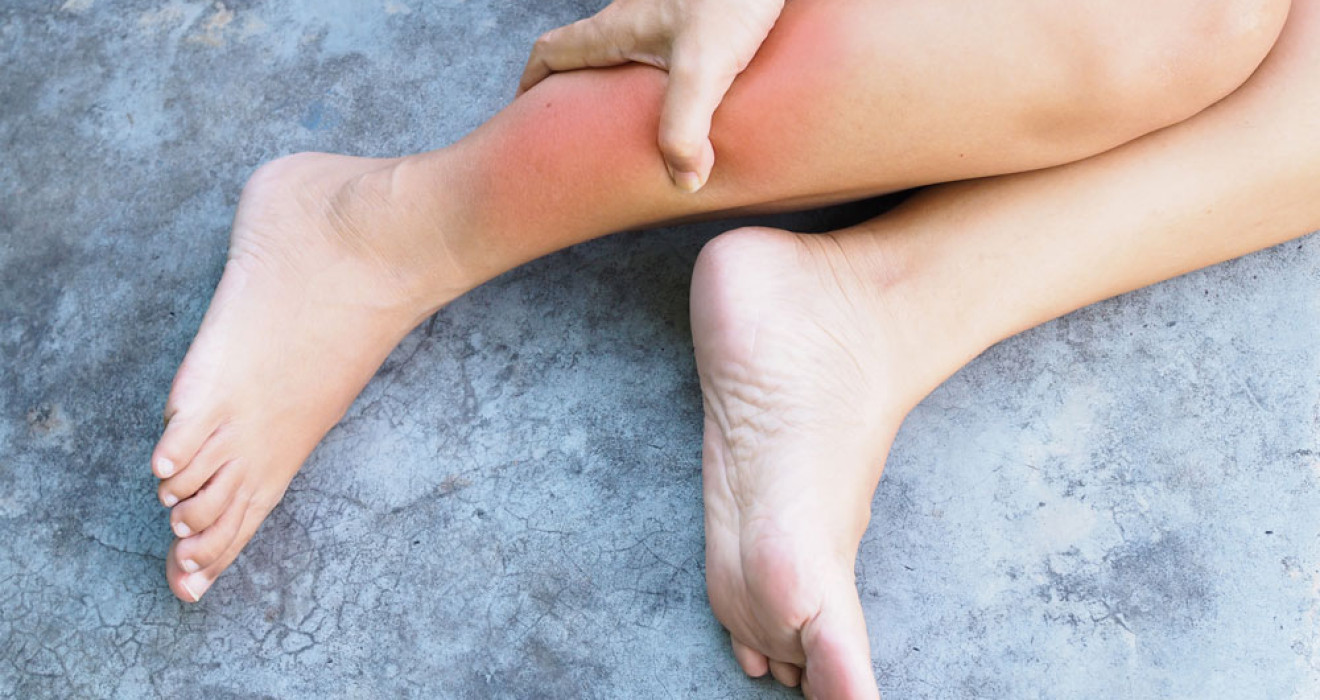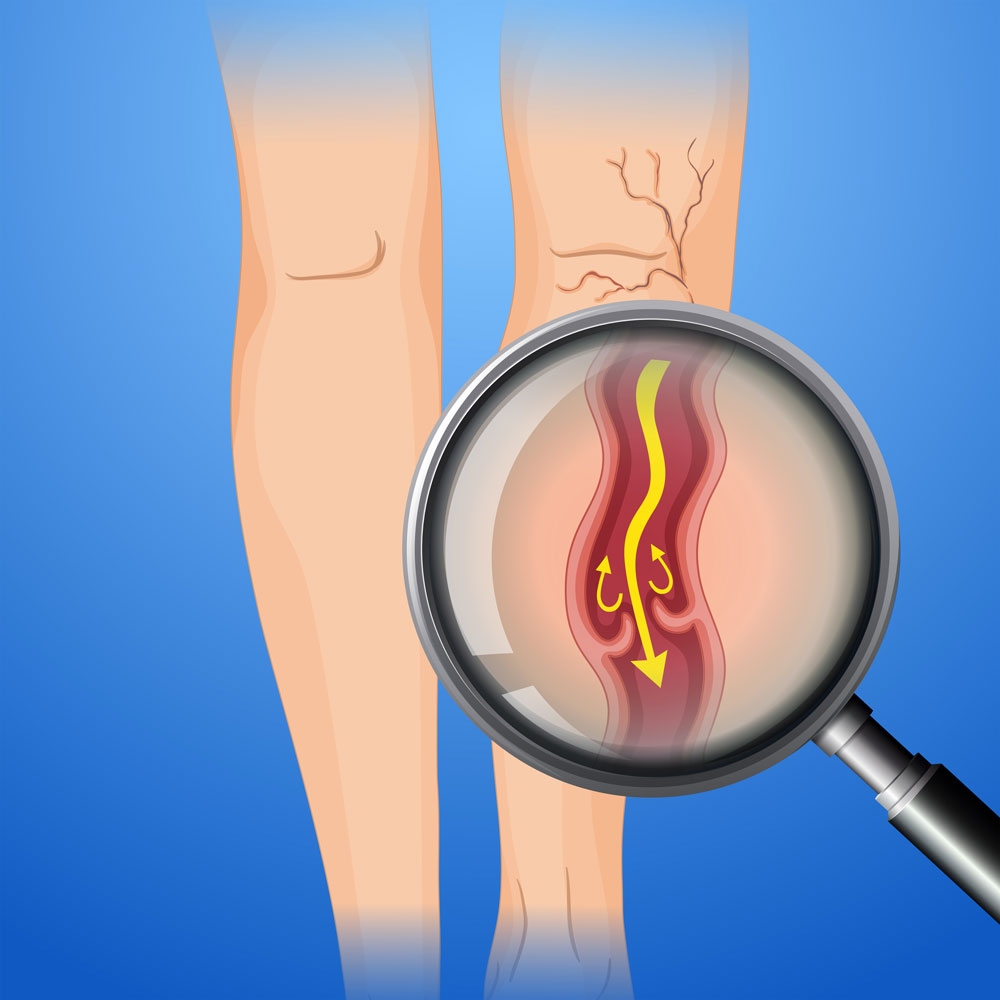
8 Golden Rules to Reduce Leg Edema
Leg edema is a condition characterized by swelling and a sensation of tightness in the legs. Edema results from an accumulation of excess fluid in the body. It is commonly observed in areas such as the legs, ankles, and hands. Leg edema can cause discomfort and aesthetic concerns. Fortunately, there are several effective methods you can apply to alleviate and reduce leg edema.
Why Does Leg Edema Occur?
Some common factors that contribute to the development of leg edema include:
- Circulatory Problems: Circulatory system issues can impede proper blood circulation in the body, leading to fluid accumulation between tissues and the development of leg edema. Conditions like varicose veins and venous insufficiency can contribute to leg edema.
- Insufficient Lymph Drainage: The lymphatic system is responsible for removing excess fluid from the body. In cases of inadequate lymphatic drainage, fluid may accumulate between tissues, resulting in edema.
- Diet and Salt Intake: High salt consumption can increase water retention in the body, potentially leading to leg edema. Particularly, processed foods, salty snacks, and fast food with high salt content can trigger edema.
- Hormonal Changes: Menstruation, pregnancy, or hormonal fluctuations can lead to leg edema. The influence of the progesterone hormone, in particular, can increase the tendency to retain body fluids.
- Prolonged Standing or Sitting: Extended periods of standing or sitting can lead to the pooling of blood in the legs, causing swelling and edema.
- Injuries and Trauma: Injuries or trauma to the legs can result in inflammation and fluid buildup, leading to edema.
- High Temperature and Humidity: Hot weather or high humidity can increase water retention in the body, potentially causing leg edema.
- Chronic Diseases: Chronic conditions like heart, kidney, or liver diseases can affect fluid balance in the body and contribute to edema.
- Medication Use: Certain medications, especially those for blood pressure or anti-inflammatory drugs, can lead to fluid retention and leg edema.
What Are the Leg Edema Symptoms?
The leg edema symptoms include the following:
- Swelling: The most common symptom is swelling of the legs. Swelling is especially noticeable in the lower parts of the legs, ankles, and upper leg regions. Swelling may be accompanied by a sensation of tight or tense skin.
- Skin Shine: Due to edema, the skin may appear shiny or feel stretched. The skin on the legs may appear shinier than usual.
- Thinning of Tissues: Edema can result in thinning of the skin and tissues. Prolonged edema can negatively affect the quality of the skin.
- Feeling of Weight and Compression: Edema may cause a feeling of heaviness and compression in the legs. This can make it difficult to move your feet.
- Tightness in Shoes and Clothing: Swelling in the legs can make shoes and clothing feel tight. This is especially common in the ankle and calf areas.
- Indentations in Tissues: When you gently press your fingers against the skin on your legs, indentations may remain. This indicates fluid retention in the legs.
- Night or Morning Swelling: Edema often increases as the day progresses. However, some individuals may experience more swelling, especially in the mornings.
Tips to Reduce Leg Edema:
Here are 8 tips to help you reduce leg edema:
Increase Water Intake
Many people try to reduce water intake to prevent fluid retention. However, reducing water consumption can exacerbate the problem. Drinking an adequate amount of water helps your kidneys function better and aids in eliminating edema.
Limit Salt Intake
Salty foods can increase fluid retention in the body. Therefore, limiting salt intake is crucial in reducing edema. Avoid processed foods and salty snacks, and try to reduce your habit of adding salt to your meals.
Engage in Regular Exercise
Exercising regularly stimulates the circulatory system and helps eliminate accumulated fluids in the body. To manage leg edema, you can opt for light aerobic exercises such as walking, swimming, cycling, or yoga.
Elevate Your Feet
Elevating the feet is an effective method to alleviate leg edema. Supporting your feet with pillows while sitting or lying down can facilitate the drainage of accumulated fluids in the body.
Massage
Gentle massage can assist in the removal of leg edema. Using slow and gentle motions while massaging can help move the fluid in the legs.
Consume Potassium-Rich Foods
Potassium is a mineral that helps regulate fluid balance in the body. Therefore, consuming foods rich in potassium can increase fluid excretion by the kidneys and reduce edema. Options such as bananas, avocados, and spinach are rich in potassium.
Pay Attention to Clothing Choices
Tight or constricting clothing can worsen leg edema. Opting for loose-fitting clothing can prevent hindered circulation. Additionally, it's important to avoid garments like tight stockings or garters that compress the legs.
Consult a Doctor
If leg edema persists or causes significant discomfort, it is essential to consult a healthcare professional. In some cases, edema may be a sign of an underlying and more serious health issue.


